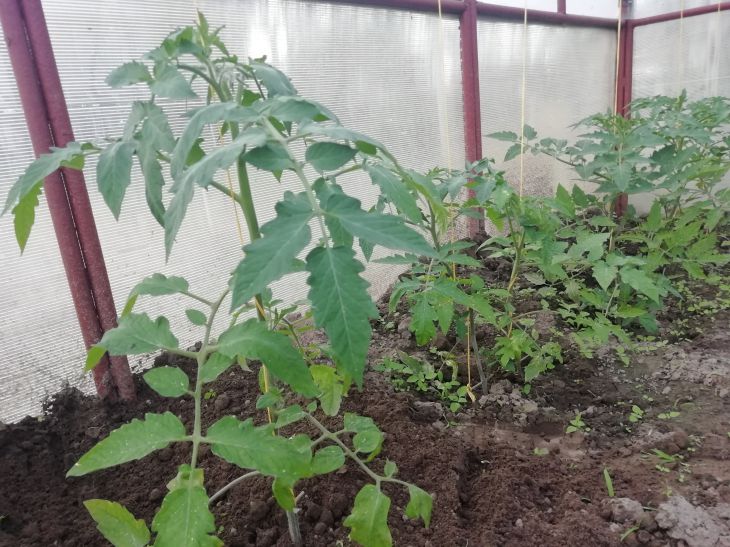To get a good harvest of garden crops, you will need the right fertilizer.
How to feed plants when planting in holes?
Tomatoes
Tomatoes will need a lot of light and warmth to actively bear fruit. When planting in holes, you can add a spoonful of superphosphate, 100 g of rotted compost and a handful of onion peel to the seedlings. The latter will act as a pest repellent.
Potato
Potatoes grow in any soil and are not too demanding. But the quality of the tubers depends on the addition of ash and mineral fertilizers when planting.
Pepper
The culture responds well to wood ash and bone meal. Having added all this to the planting hole, the seedling should be sprinkled with soil and watered with an infusion of poultry house (500 g per 10 l of water).

Cucumber
The strength of the vines and the early formation of cucumbers will be ensured by proper fertilizers. When planting seedlings, you need to combine a glass of onion peel with 1 tablespoon of potato starch, ash and bone meal. This will be a good nutrition for the roots. If you do not want to bother too much, you can simply add biohumus - 0.5 kg per sq. m, mixing it into the upper layers of the soil.
Cabbage
To help the seedlings take root faster and start growing actively, you can add 100 g of ash, 10 g of nitroammophoska and 150 g of humus under the cabbage. This is the norm for 1 unit.
Melon field
Pumpkin and squash love organic matter. Nitrogen mineral fertilizers in spring will not harm them.
Eggplant
The crop is very sensitive to soil microflora, so before planting, the soil in the holes can be poured with boiling water and allowed to cool. It is not a bad idea to add a little compost, superphosphate and ash under each bush.
Watermelon and melon
If summer residents try to grow these plants in cold areas, mineral supplements will help increase the chances of success.
When planting, you need to add complex fertilizer according to the instructions and dig sand into the soil. This will reduce the risk of rotting of the root collar of the vines.
Garlic and onion
Such crops are characterized by a love for fertility. They have a weakness for organic matter, humus, potassium sulfate, phosphorus fertilizers. Also, bulbous plants respond well to ash and grow large heads.








